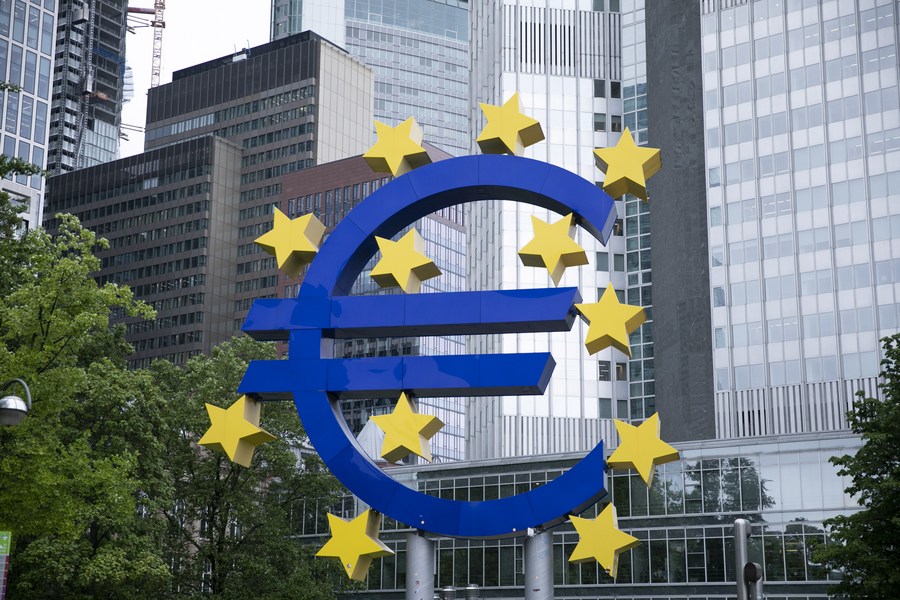Business
ECB rate hikes might knock 3.8 pct off euro area economy: analysis
-

 News6 days ago
News6 days agoEfforts underway to submit new laws to Parliament
-

 Sports4 days ago
Sports4 days agoAhead of Paris duel: Sancho on bumpy road to his top level
-

 News6 days ago
News6 days agoFushidhiggaru project ongoing, will finish on time: Government
-

 News4 days ago
News4 days agoUnauthorised domain holders to be offered legal compliance
-

 News4 days ago
News4 days agoMinister states only 1% of 8% plastic waste is recycled
-

 World4 days ago
World4 days agoUN chief calls for Israel-Hamas accord, int’l probe of mass graves in Gaza
-

 Sports4 days ago
Sports4 days agoAsian Carrom Championship: silver for men, bronze for women
-

 News4 days ago
News4 days agoGovernmenr condemns threats against media; vows to protect journalists




















